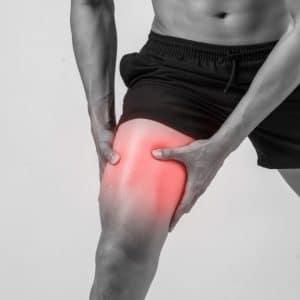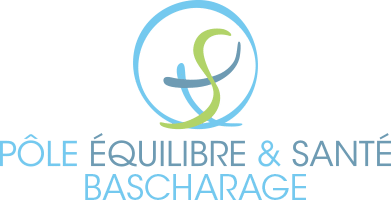Sports physiotherapy Bascharage

Sports physiotherapy is an essential branch of physiotherapy, catering for both professional and amateur athletes. This discipline focuses on the prevention, diagnosis and treatment of sports-related injuries. It plays a crucial role not only in trauma recovery, but also in physical preparation and performance enhancement, whatever the level of competition. Sports physiotherapists develop tailor-made programs incorporating muscle-strengthening exercises, stretching, manual therapy and adapted recovery strategies. These interventions are fundamental in helping all athletes, from weekenders to elite competitors, to maintain optimal physical condition, maximize performance and reduce the risk of injury. By combining scientific principles and advanced techniques, sports physiotherapy offers comprehensive, personalized care for every athlete, guaranteeing a tailored approach for every level and discipline of sport.
Injury Prevention
Sports physiotherapy plays a crucial role in injury prevention. A major study published in the “Journal of Science and Medicine in Sport” reveals that around 50% of sports injuries could be avoided by implementing suitable prevention programs. Our physiotherapists use a proactive approach, including :
- Biomechanical assessment: Analysis of posture and movements to detect potential risks of injury.
- Muscle Strengthening Programs: Designed to strengthen the muscles most prone to injury in your sport.
- Stretching techniques: To improve flexibility and reduce muscle tension, thus minimizing the risk of injury.
- Teaching good technique: correcting inappropriate movements and postures in sports.
Rehabilitation and Recovery
In the event of injury, our aim is to help you return quickly and safely to your performance level. To achieve this, we use proven methods:
- Manual therapy: Mobilization and manual manipulation to improve mobility and relieve pain.
- Rehabilitation exercises: Customized programs to restore strength, range of motion and functionality.
- Shock wave therapy: Use of shock waves to stimulate tissue healing.
- Return to Sport Planning: Graduated strategies for a safe return to competition.
Performance Improvement
Sports physiotherapy is not limited to rehabilitation; it is also a powerful tool for improving performance. We draw on scientific studies to propose targeted interventions:
- Targeted muscle strengthening: Specific exercises to increase muscular strength and power, using isokinetics for example.
- Endurance Improvement: Programs to increase resistance to muscular and cardiovascular fatigue.
- Optimizing sports technique: advice and training to refine technique and maximize efficiency.
- General Physical Preparation: comprehensive programs to improve balance, coordination and flexibility.
By integrating these strategies, sports physiotherapy becomes an essential element for every athlete, whether amateur or professional, aiming to prevent injury, speed up recovery and improve sporting performance. Our approach is based on scientific evidence and individually tailored to meet the specific needs of each athlete.

